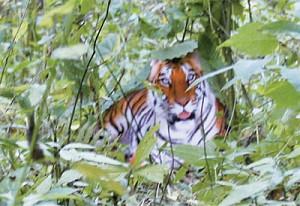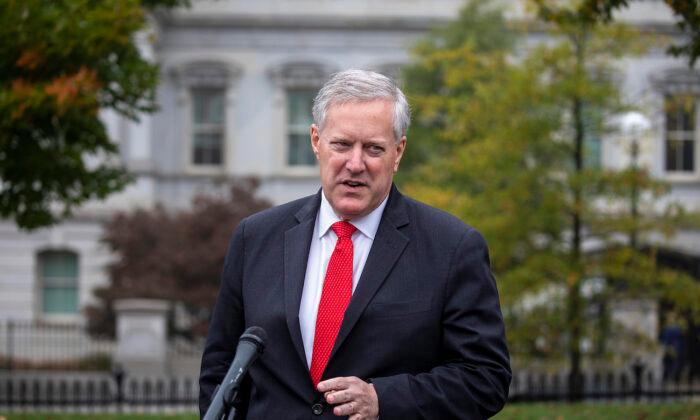Three months ago, few in China had heard of hunter Zhou Zhenglong, but he now has the dubious reputation of being at the centre of a monumental public hoax.
The Shaanxi Province peasant’s photo of a critically endangered South Chinese Tiger in the wild—the first in 30 years—sparked a furious debate between those who believed and those who didn’t. Billboards were erected, dissenting officials were punished and a special conservation area was designated.
But the furious exchanges between the “strike the tiger” and “defend the tiger” camps shuddered to a halt when six experts independently declared that Mr Zhou’s tiger was, as the famous saying goes, a paper tiger.
Two weeks after Mr Zhou produced the photo on October 3 last year, the Shaanxi Province forestry branch held a press conference, proclaiming that the South Chinese Tiger had been discovered anew.
The South Chinese Tiger is one of the world’s 10 most endangered animals. Wild populations are estimated at between 20–30 individuals, but many doubt there are any left at all.
Zhou’s tiger made shockwaves around the country, and officials of Zhenping County, where the photo was taken, could hardly conceal their excitement. Anticipating a surge in the region’s economy, they promptly began arranging the designation of a “South China Tiger Special Conservation Region”. A billboard was erected along Zhenping County’s major highway which read: “Immerse yourself in the nation’s natural heart, listen to the South China Tiger’s roar, sample Zhenping County’s prized cured pork.”
But as interest soared, so did suspicion that the photo was fake. The media, experts of various fields and lawyers became embroiled in the debate, and the Internet again showed itself as a forum for limited freedom of speech.
Others were silenced, such as Li Ping, head of the Zhenping County Forestry Branch’s Wild Animal Management Station. The only Zhenping official to voice suspicion that the photos were fake; he was forced by his superiors to leave his office and take sick leave.
The debate became international when American weekly science journal Science Magazine published the photo and outlined the debate surrounding it. As the photo had not yet been verified as real or fake, Zhou Zhenglong was able to demand a fee for its use.
The “strike the tiger” camp believed Mr Zhou had taken a large poster sized picture of a South China Tiger and placed it among the bushes to capture his image, and the head-strong Zhenping officials began to waver when Sichuan Province netizen Liu Zhiye located the photo’s original source. Mr Netizens recalled the saying “paper tiger” (zhi laohu), coined by dictator Mao Zedong to refer to things which seem threatening, but are in reality harmless.
In early December, the six experts gave their verdict that Mr Zhou’s tiger was fake. Among them were big names in image verification, forensics, mapping and topography and communication engineering.
Few could believe that a simple farmer could produce such a whopper of a hoax, and so both arguing camps joined hands to begin searching for the ringleader. They coined a new expression that is now popular on the Internet: “Zhenglong photographing a tiger”, which refers to a person who produces something fake for his or her own gain, and stubbornly refuses to admit the truth when the matter is uncovered.
Others were philosophical, such as esteemed scholar Liu Zhimei, who said Chinese society was facing a crisis of public trust. “The South China Tiger photo incident is not isolated,” Ms Zhimei said. “The media didn’t believe those involved with the photo, those involved with the photo wouldn’t believe the specialists, the specialists didn’t believe the Government, and neither did the government believe the heads of the research institutions. And even less did the research institution heads believe those involved with the photo.”





Friends Read Free